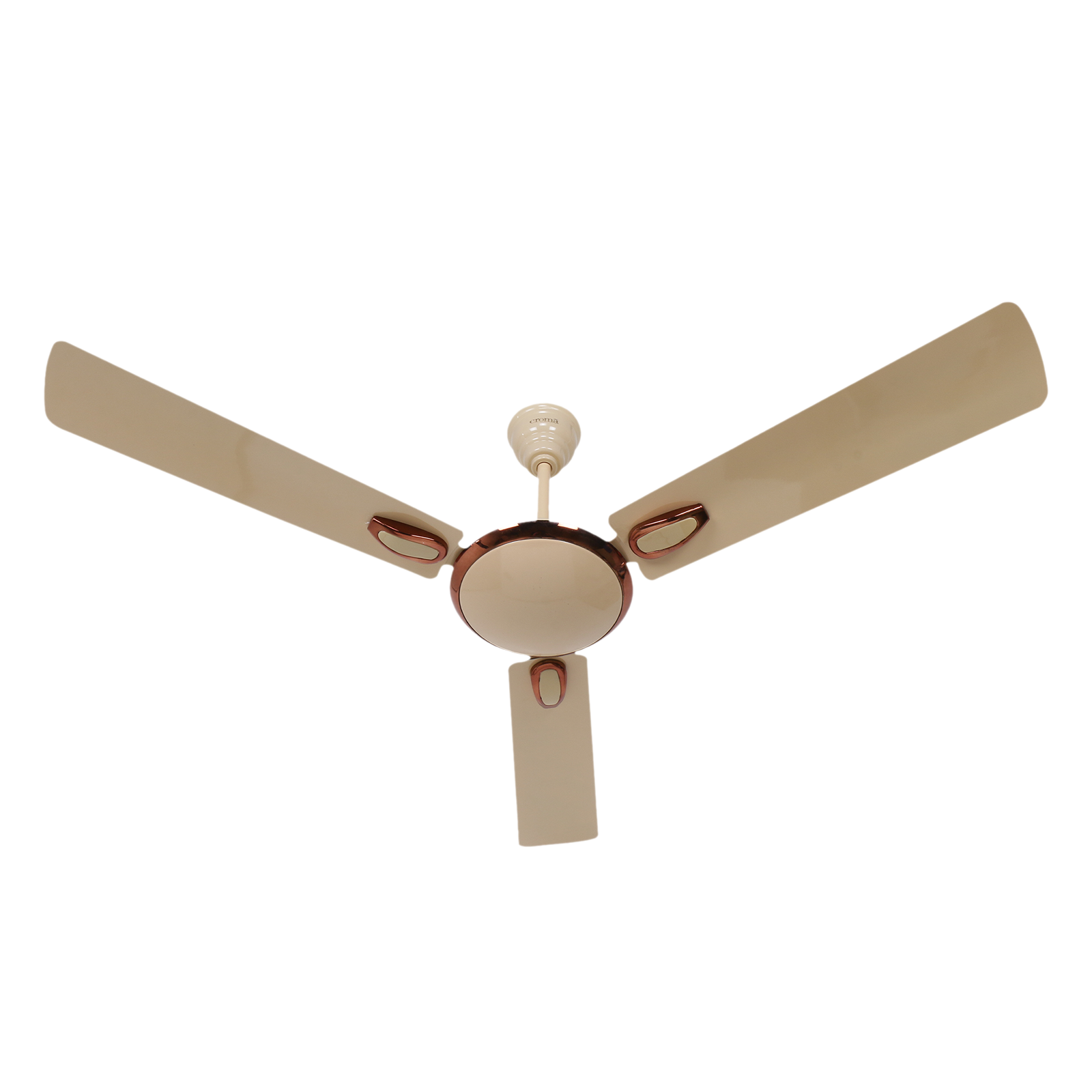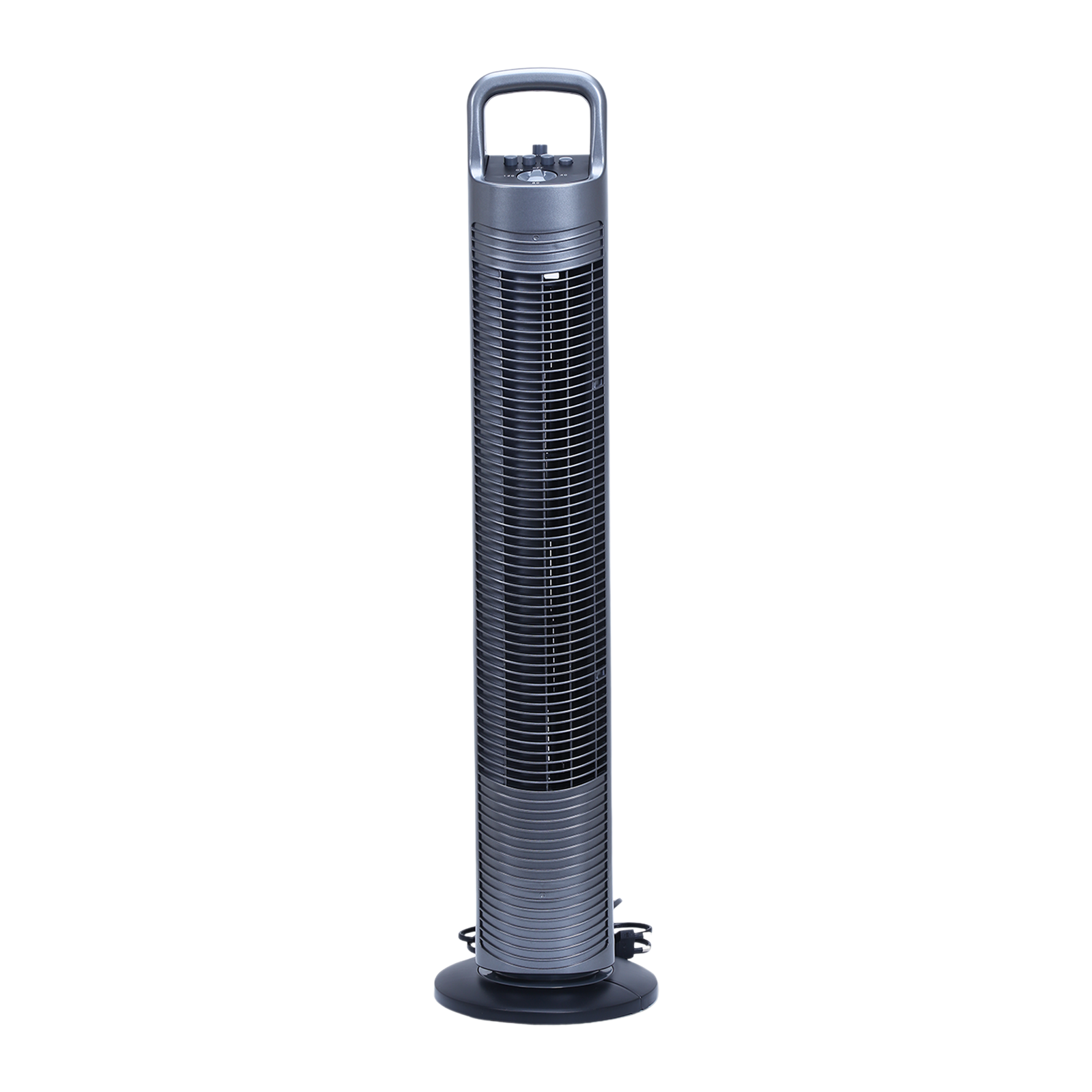With warm weather upon us, it might be time to consider upgrades to some of the home appliances meant to keep us comfortable in the house. This includes the trusty fan, which is needed to keep air flowing within the home and ensure a comfortable space, without having to frequently resort to less economical methods such as using the air conditioner. Depending on your use cases, you might want to look into one of two popular types of fans – ceiling or tower fans.
Both these types of fans have their own distinct advantages, and will be suitable for specific situations and requirements. Read on to find out which type of fan – ceiling or tower – is best for your needs.
Tower fan vs ceiling fan: Advantages and uses
Installation: As the name suggests, ceiling fans are mounted on the ceiling, and therefore do not require space on the floor in the room or a spare power socket to function. They are directly connected to the power switchboard. In comparison, tower fans must be placed on the floor, and need to be connected to a spare power socket to work.
Portability: Ceiling fans are permanently installed and cannot be moved once set up. This means they can only be used in the specific room where installed, and each room will need its own ceiling fan. In comparison, tower fans can be carried and moved around as needed, and can therefore be used in different rooms as per the need.
Air flow: The design of ceiling fans – the larger blades and overhead positioning – allows for faster and more widespread air flow through the room. A single ceiling fan can create a cooling effect in even a larger room, covering all parts of the room effectively. Tower fans, in comparison, provide a more concentrated air flow, and usually must be positioned to provide cooling in a particular part of the room. However, many of these fans have swing or oscillation features, which allow for a certain level of air flow distribution.
Energy efficiency and maintenance: Both ceiling and tower fans are known to be energy efficient, since the fan motors and mechanisms themselves do not consume a lot of electricity.
ALSO READ: 6 types of ceiling fans to know about
Ceiling fans usually do not require considerable maintenance after installation, and only need to be cleaned of dust and grime occasionally. Replacing parts such as capacitors is occasionally required, but is usually easy and affordable to carry out. Tower fans, on the other hand, require more frequent cleaning, and any filters present will need to be periodically replaced. Repairs for a tower fan or replacing parts is a bit more complex than on a ceiling fan.
Use cases: Ceiling fans are ideal for large rooms, and can even work in semi-open spaces such as balconies or porches. More widespread airflow allow for ceiling fans to cool an entire room simultaneously.
Tower fans are suitable for providing cooling and air flow to specific areas of a room. These can be used for additional or targeted cooling in certain parts, such as a desk or sitting area. However, the biggest advantage of tower fans is the portability, allowing you to move the fan to different rooms or locations based on requirement.
Based on these recommendations, decide whether a ceiling fan or tower fan is ideal for you.
Unleash your inner geek with Croma Unboxed
Subscribe now to stay ahead with the latest articles and updates
You are almost there
Enter your details to subscribe

Happiness unboxed!
Thank you for subscribing to our blog.
Disclaimer: This post as well as the layout and design on this website are protected under Indian intellectual property laws, including the Copyright Act, 1957 and the Trade Marks Act, 1999 and is the property of Infiniti Retail Limited (Croma). Using, copying (in full or in part), adapting or altering this post or any other material from Croma’s website is expressly prohibited without prior written permission from Croma. For permission to use the content on the Croma’s website, please connect on contactunboxed@croma.com
- Related articles
- Popular articles




















Ali Pardiwala
Comments